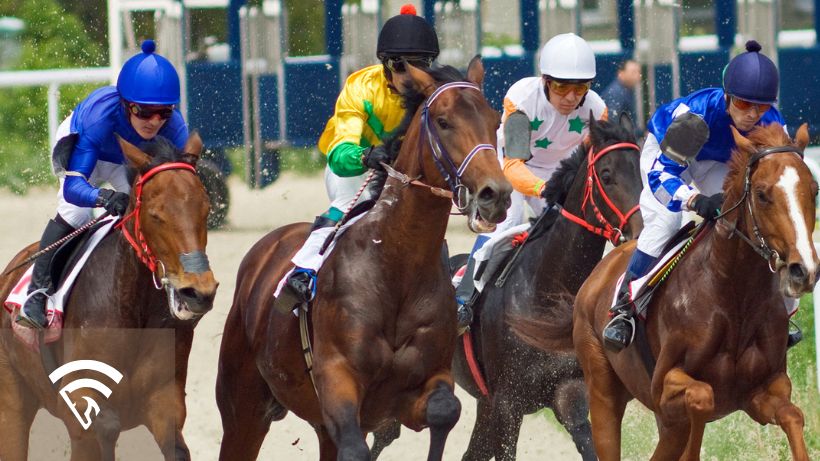What is a Fair Odds Line?
A fair odds line is a tool used by handicappers to estimate what they believe the true chances of each horse winning a race are, expressed as odds. It helps you determine whether a horse is being underbet, fairly bet, or offers value compared to the public’s opinion reflected on the tote board.
In simple terms, it’s your own projected odds for each horse, based on how you interpret the race. If the actual betting odds are higher than your fair odds, the horse may be an overlay and worth betting. If they’re lower, the horse may be overbet and best avoided.
Why Create a Fair Odds Line?
Most bettors rely on the morning line or current odds without asking whether those numbers reflect the horse’s actual win chance. A fair odds line shifts the focus from predicting winners to identifying value.
You're not trying to be right about who wins every race, you're trying to consistently bet on horses whose chance of winning is better than the public thinks. Over time, that’s what gives you an edge.
How to Build One
Creating a fair odds line can be as simple or detailed as you want. Here’s a basic approach:
-
Start by ranking the contenders from most to least likely winner.
-
Assign each horse a win probability, usually totaling around 100 percent (some players build in a small margin of error by using 110 percent, known as an “overround”).
-
Convert each win percentage into odds using the formula:
Odds = (100 / Win Probability) - 1So if you think a horse has a 25 percent chance of winning:
Odds = (100 / 25) - 1 = 3.0 (or 3-1 odds) -
Compare your fair odds to the actual odds. If the betting public is offering better odds than your estimate, that horse is a potential value play.
What Makes It Useful
- Encourages discipline by focusing on value, not hype
- Helps avoid betting on favorites that are overbet
- Brings structure to your opinion instead of guessing
- Allows you to find overlays and longshots with real chances
Many professional bettors never make a wager unless the horse is going off at higher odds than their own fair line.
Common Mistakes
- Assigning odds that don't add up to a realistic win distribution
- Letting the morning line influence your opinion
- Failing to adjust for late scratches or track changes
- Ignoring the importance of race shape or current form
The more effort you put into your analysis, the more accurate your fair line becomes. Over time, it becomes a personal benchmark for every race you play.
Final Thoughts
A fair odds line keeps you grounded in logic rather than emotion. It's not about trying to guess what the public will do, it's about setting your own standard for what a bet is worth. If you’re serious about improving as a handicapper, building and trusting your own fair odds line is one of the most important steps.
Want to see how real-world outcomes line up with value plays? Visit the Race Results section and compare your own fair odds with race-day results and betting trends.
